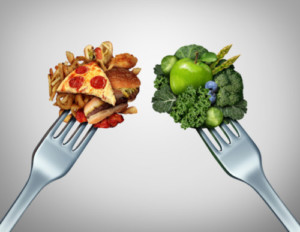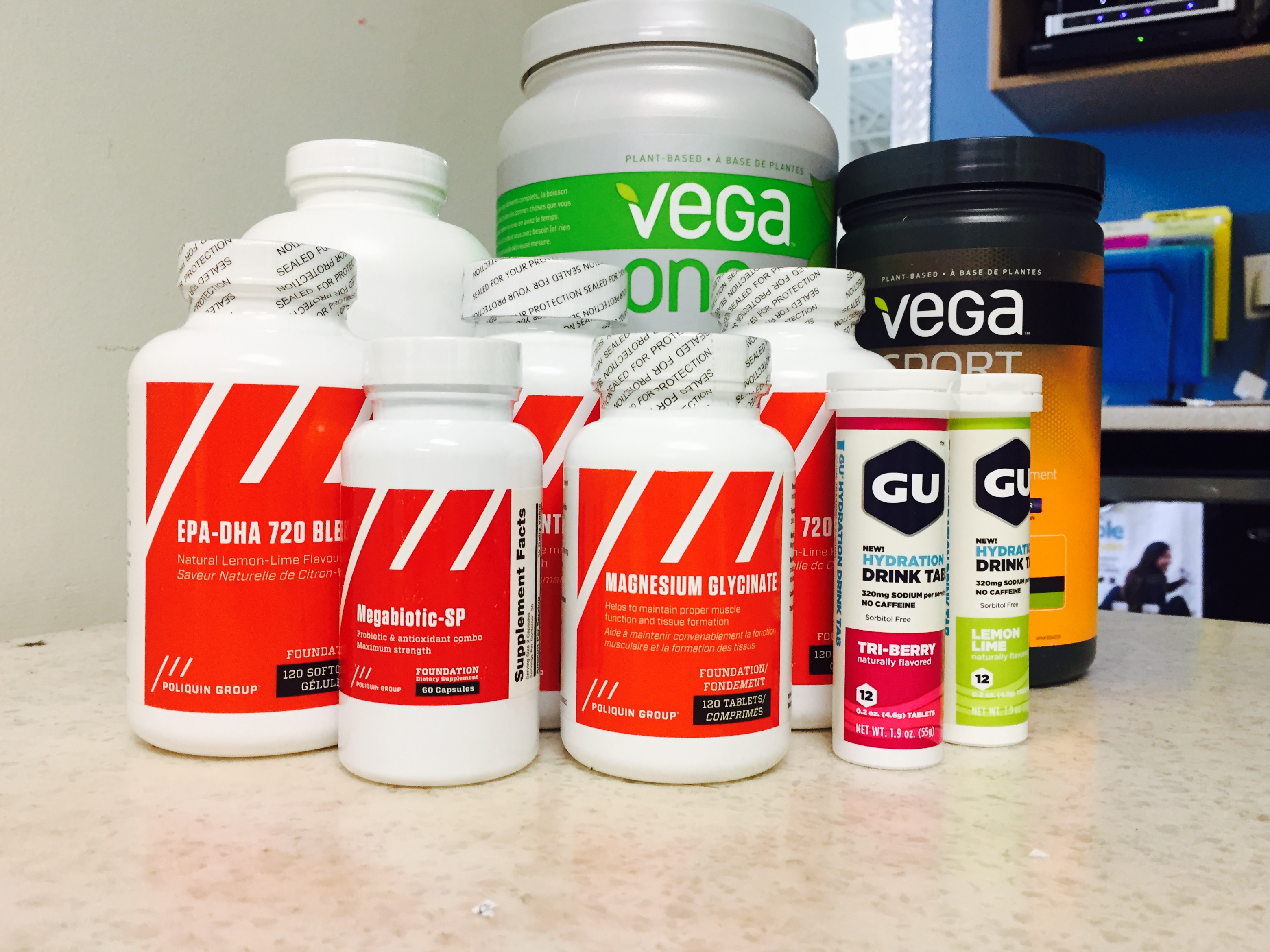I know, I’ve made you wait a whole week for this. But here it is, the first article of the nutrition 101 series! Last week’s article briefly touch based on the three macronutrients; protein, carbohydrates, and fats. Now it’s time to dig a little deeper and get more detail on each of these macronutrients.
Macronutrient 1: Protein
Let’s start with the industry giant, protein. We’ve all heard someone taking a protein shake after a workout. But why is that? To answer this question, we need to know what proteins are and how they are used by the body.
What is a protein?
Without getting into too much scientific jargon, proteins are organic components made up of amino acids – the building blocks of life. They are responsible for everything from our structure (bones, muscles and tissues) to nearly every metabolic activity. Without proteins, we cease to exist.
The body is able to produce 12 amino acids, which are known as “non-essential” amino acids. However, there are 8 more amino acids that the body needs to function properly but cannot produce on its own. These are called “essential” amino acids. Enter dietary protein. The purpose of eating protein is so we can replenish the “essential” amino acids the body needs and can only get from outside sources. Therefore, you can see why they might be important in our diet.
Without adequate protein intake in one’s diet, proper bone and muscle growth will not occur. Hormone imbalances and immune deficiencies will also take place. So if you’re looking to live a healthy lifestyle and keep your body functioning properly, dietary protein is a must.
Types of protein
The most common known types of protein are animal proteins such as meats, poultry, fish, eggs, and dairy. Research shows these to be the most “complete” proteins as they have the highest levels of essential amino acids. However, because of food sensitivities and environmental factors, plant based proteins have emerged in recent years as quality sources of protein. They have proven to be adequate to fulfill one’s protein requirements. One must note that plant proteins are “incomplete” proteins as they do not contain all essential amino acids compared to animal proteins. Consequently, eating a variety of different types of plant proteins is needed to reach protein requirements. This is not to say one cannot live a healthy lifestyle on a plant based diet. One simply needs to be more aware of the type of protein being eaten to ensure that no deficiencies occur. Lastly, there are protein powders. Essentially, these powders are a processed versions of the previously mentioned proteins (animal or plant based proteins). For a general rule of thumb, the less ingredients the better. If you’re unable to pronounce half the ingredient list, you probably shouldn’t be consuming it.
How much protein?
Knowing the type and quality of protein is important, but there remains the question of how much protein is necessary. The minimum recommendation to prevent protein deficiency is 0.8 g per kg of body mass. One must note that this is the minimum requirement for healthy sedentary adults. Research shows that athletes or highly active individuals need much higher daily protein intakes than sedentary people. Therefore if you’re built like Arnold Schwarzenegger or active like Michael Phelps, the recommended daily needs may increase to 1.4 g per kg or upwards to 2 g per kg. Essentially, the more intense the training is, the more protein is needed.
There is also conflicting research on whether too much protein can be harmful, especially towards kidneys. However, this is old news as recent studies show that healthy individuals actually benefit from higher amounts of protein as it helps with satiety, immune function, metabolism and weight management. That being said, if you are a healthy adult who is normally physically active, research recommends to target an intake of 1g per pound of body weight (150 lbs human = 150 g a protein/day) to ensure a safe balance.
Protein examples
Below is a link to a list protein examples that should be used as a reference guide to help identify protein sources.
There you have it; dietary protein explained in a nutshell! Now stay tuned for the next instalment of “nutrition 101” and learn all about the second macronutrient; the dreadful carbohydrates!
P.S. If you’re still confused or wanting help on any of the topics covered in the nutrition 101 series, feel free to contact me via email at paul@purewinnipeg.com
Cheers,
Paul Bissonnette B. Kin, CEP, CSCS, FMSC, Pn1
References
- Andrews, R. (n.d.). All about protein: what is it and how much do you need? Retrieved from Precision Nutrition: http://www.precisionnutrition.com/all-about-protein
- Baechle, T. R. ; Earle, R. W. & National Strength and Conditioning Association. (2000). Essentials of strength training and conditioning (3rd ed.). Champaign, IL: Human Kinetics.
- Berardi, J., & Andrews, R. (2015). The Essentials of Sport and Exercise Nutrition Certification Manual (Second ed.). Precision Nutrition Inc.
- Kollias, H. (n.d.). Will a high protein diet harm your health. Retrieved from Precision Nutrition: http://www.precisionnutrition.com/will-a-high-protein-diet-harm-your-health
- McArdle, W., Katch, F., & Katch, V. (2010). Exercise Physiology: Nutrition, Energy, and Human Performance (7 ed.). Philadelphia: Wolters Kluwer: Lippincott Williams & Wilkins.
- Poliquin Group Editorial Staff. (2014, June 11). How much protein do you really need to eat. Retrieved from Poliquin Group: http://main.poliquingroup.com/articlesmultimedia/articles/article/1190/how_much_protein_do_you_really_need_to_eat.aspx







